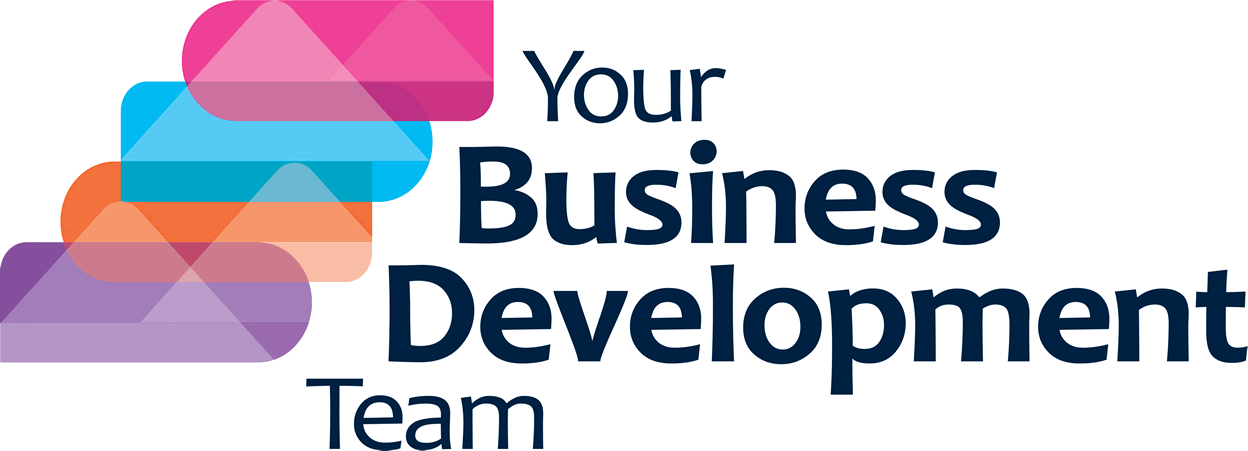At YBDT we understand the importance of correctly identifying target markets for our clients. In fact, the first thing we do when a new client comes on board is to run a target market workshop so we can build their lead generation target around this. Therefore, I am always looking for more angles and ideas to capture target markets correctly.
I have already flagged up The Mom Test by Rob Fitzpatrick as a great read and wanted to share his insight into ‘target market slicing’ as he calls it. You should read the book yourself but here are two key ideas to consider in the meanwhile:
- It is very easy to come up with a fairly generic and pretty useless definition of your target market. We are all familiar with the process of identifying target markets but, according to Rob Fitzpatrick, we often go through it and end up with the wrong conclusion. For example, if you provide coaching services to SMEs in the Bristol area and you are specifically interested in established businesses who turnover £1-25M, using this segment only will not get you far because it is too generic. You need to ask further questions like:
- Within this group, which type of business owner would need coaching most?
- Who in the group is more likely to benefit from your style of coaching?
- What are the key motivations for them to want to work with you?
When you start thinking about it like this, you come up with much more helpful details to define your target markets. For example, you know that business owners are more likely to look for coaching in specific situations like planning retirement or when recruiting for key roles. You also know that they are more likely to turn to coaching if they have used it before and/or facing a key issue which allows you to build a much clearer client avatar.
2. Building a client avatar is important but we could then find ourselves with another key problem, how do we find them? According to Rob Fitzpatrick, if there isn’t a clear physical or digital location at which you can find your customer segment, then it’s probably too broad. His advice is to go back to the list and keep slicing.
If we go back to our coach and his client avatar, knowing that he needs to target business owners who are facing a major issue and who have experienced coaching before is not very helpful unless he knows how to find them. In the words of The Mom Test:
‘Good Customer Segments are a who-where pair. If you don’t know where to go to find your customers, keep slicing your segment into smaller pieces until you do’
Back to our coaching example, we can use the following facts to help us gather some data for the client avatar:
- Geography: Bristol
- Size: £1-25M TO
- Established: been operating for more than two years
- Owner-managed businesses
However, knowing if they are facing an issue or have used coaching before is trickier to identify, so you keep on slicing and come up with a few more ideas like:
- Building relationships with accountants and other consultants who may come across clients who need your help.
- Running free webinars which cover solutions to some key issues and might attract business owners who need some help.
- Regularly search for recruitment ads for senior roles and target these businesses.
I hope you have found this useful. As always, I am happy to discuss your specific requirements so get in touch or find out more about our business development strategy here.


